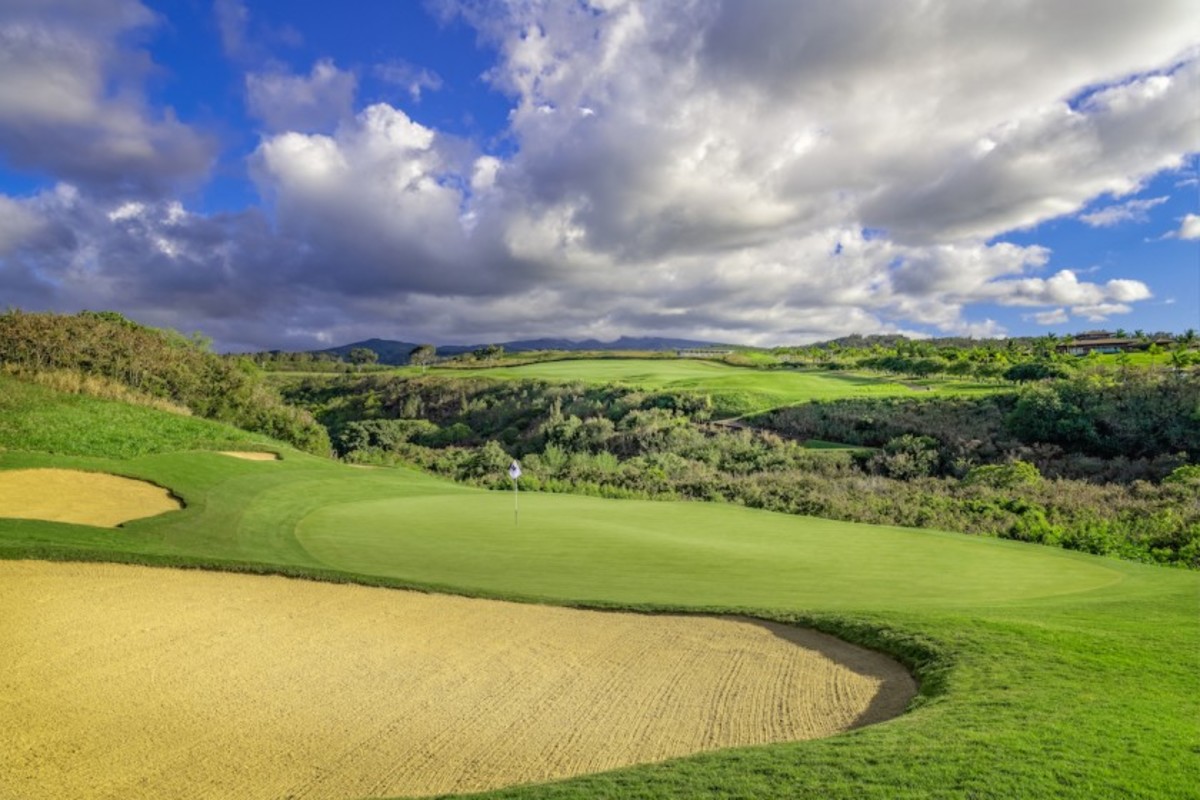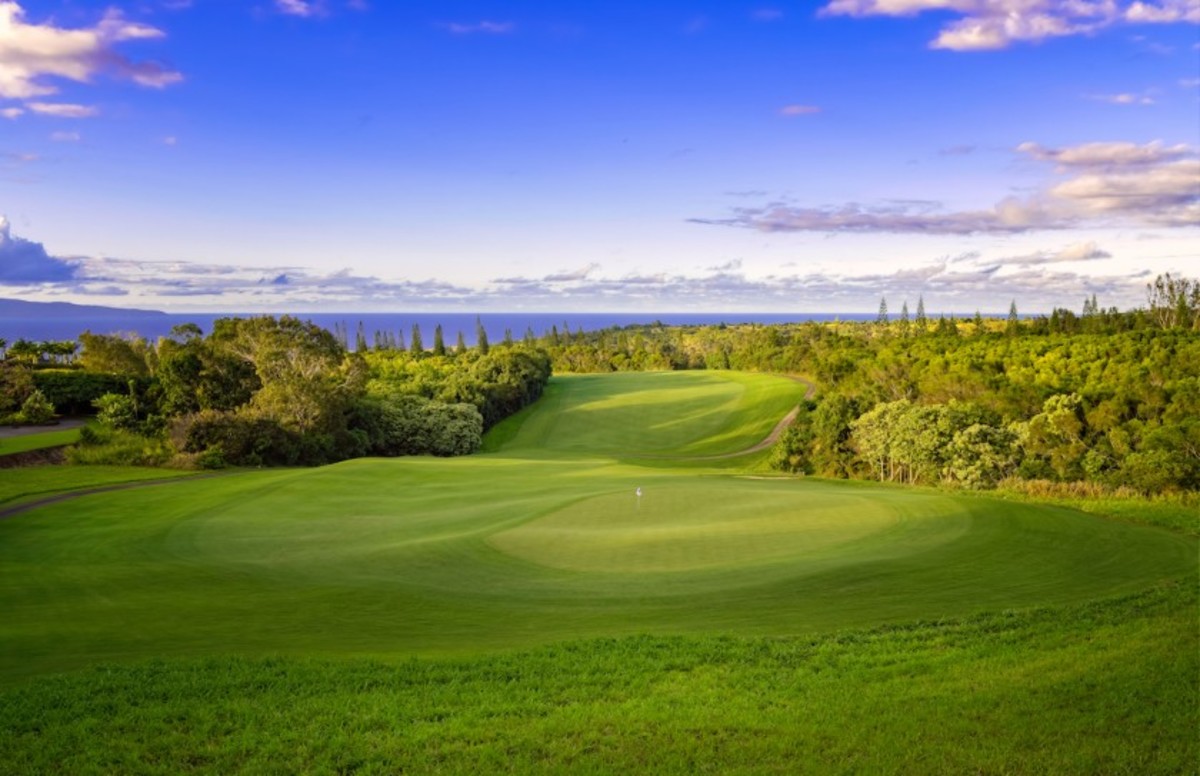Did Kapalua's Plantation Course regain its bite?

Kapalua, Hawaii — The famed Plantation Course at Kapalua had lost its teeth. Bill Coore and Ben Crenshaw, the architects who created the layout in 1991, were determined to restore its bite.
That was the goal last February, when the duo embarked on a “revitalization” of the Plantation Course. It pained them to see how players at the Sentry Tournament of Champions had eviscerated their first creation, posting winning scores as low as 30-under par in recent years.
Not only were Coore and Crenshaw tasked with enabling the Plantation Course to resist the rapacious low scoring of the modern game, but they also were charged with making it more fun for resort guests and daily fee players who populate Kapalua when the pros aren't there
All 18 greens were rebuilt; eight of them were enlarged and six reduced in size. Several were “calmed,” in Crenshaw parlance, to soften contours and create more hole locations. Every bunker was rebuilt to improve drainage; some were strategically relocated to fortify the course against the power game. Eight bunkers were eliminated; five new ones were added. Every fairway was regrassed, and native vegetation areas were added at various locations throughout the course. Modifications were made to at least 20 tee boxes.

The jury is still out as to whether Coore and Crenshaw succeeded foiling the pros. Justin Thomas’s 72-hole total of 14-under par matched the highest winning score since 2007, when Vijay Singh took the title. Gusty winds and intermittent rain in the last three rounds contributed to the higher scoring, but that’s not unusual on Maui in January.
The average winning score in 21 tournaments at Kapalua, not counting a windblown 54-hole disaster in 2013, is 20.86 under par. Perhaps more informative is the fact that eight players in the field this year failed to match par or better, the most since ‘07, when 15 players posted scores worse than 292.
>>Related:A beauty of an opener for PGA Tour
So much for the pros. As for the rest of us, my advice to the architects, based on two rounds over the Plantation Course in early December, is go back to the drawing board. Even playing from tees that lop 1,500 yards off the championship card, Kapalua is a beast.
Don’t get me wrong; the appeal of tackling courses like Kapalua, Torrey Pines, Bethpage Black, Whistling Straits or Pebble Beach is undeniable. Golf promotors have done a masterful job of selling the notion that no other sport can offer its fans the chance to play in the same arena as the pros. Golfers pay dearly for the privilege, in green fees and ego deflation.
The Plantation Course, where the green fee is a comparatively modest $378 for resort guests and $408 for others, is brawny and unforgiving.
“The course needed to be on a grand scale,” Coore said of the original layout during a conference call with golf writers who participated in a familiarization trip to Kapalua. “The
holes had to be big enough to accommodate the slope and the wind and how the ball would react when it hit the ground.”

Fairways are wide and the terrain features abrupt elevation changes from tee to green. There’s no such thing as a flat lie on the Plantation Course; you’d be wise to prep for a round there by putting in a couple of weeks of practice from sidehill, uphill and hanging lies. Unless you can control trajectory and spin like a PGA Tour player, you must take advantage of ground game opportunities, which Coore and Crenshaw made abundant.
“You can use the slope of the ground to feed balls to the green,” Coore said.
That’s not as easy as it sounds. Shots intended to land short of the green and trundle toward the pin must be calibrated correctly and executed with precision. Otherwise your effort will come up short or roll off the back of the green. There’s no in between. Pay attention to the orientation of the mountains. Even where the ground looks flat, balls will kick in the direction of the mountain slope. Oftentimes, putts that appear to be flat are actually uphill. Then there’s the wind, which is always a factor.
To be fair, this evaluation is tainted because play was cart-path only. That’s standard procedure in the weeks leading up to most any championship, especially when the turf is new. It makes for long walks to your ball and disorientation when you get there. Adding to our challenge was sideways rain as we played the first five holes on Day 1, although it did produce the most spectacular rainbow I’ve ever seen.
But, hey, golf is a game of risk and reward. At Kapalua, if you don’t mind risking embarrassment and frustration on the Plantation Course, you’ll be rewarded with stunning beauty, over-the-top hospitality and amenities, and an ever-present laid back Hawaiian vibe.
